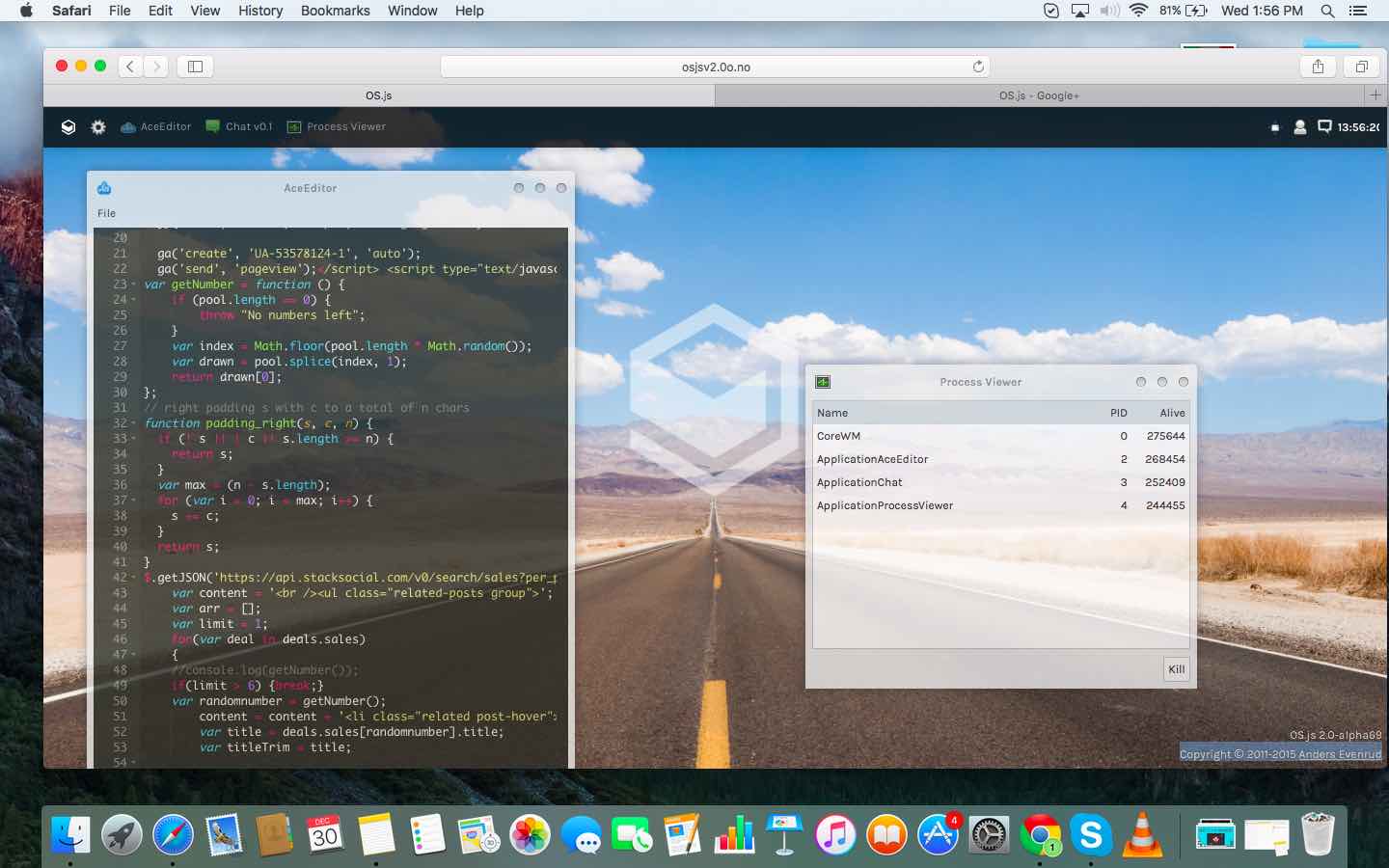Font Book User Guide
- Install Mac Os Update Manually Download
- Install Macos Update Manually
- Install Mac Os Update Manually Windows 10
- Install Mac Os Update Manually Free
To use fonts in your apps, you need to install the fonts using Font Book. When you’re installing fonts, Font Book lists any problems it finds for you to review. You can also validate fonts later.
From this post, you could download and install the latest Android USB Drivers onto your Windows and Mac platforms. Thanks to the open-source nature of the Android OS, it allows you to carry out a plethora of tweaks. The general users could try out launchers, icon packs, themes among others. Despite being announced as a future feature of Lion, the Mac App Store was released for Mac OS X Snow Leopard on January 6, 2011, as it was bundled with the Mac OS X 10.6.6 update. 50 Mail 5 – Uses an iPad-like user interface, has a fullscreen-optimized view, uses chronological 'Conversations' to organize messages, 51 and supports.

Install fonts
Install Mac Os Update Manually Download
On your Mac, do any of the following:
In the Font Book app , click the Add button in the Font Book toolbar, locate and select a font, then click Open.
Drag the font file to the Font Book app icon in the Dock.
Double-click the font file in the Finder, then click Install Font in the dialog that appears.
When you install a font, Font Book automatically validates or checks it for errors.

Fonts you install are available only to you, or to anyone who uses your computer, depending on the default location you set for installed fonts. See Change Font Book preferences.
Download system fonts
System fonts you can download appear dimmed in the font list in the Font Book window.
In the Font Book app on your Mac, click All Fonts in the sidebar.
If you don’t see the sidebar, choose View > Show Sidebar.
Select a dimmed font family or one or more dimmed styles.
Click Download at the top of the preview pane, then click Download in the dialog that appears.
If the preview pane isn’t shown, choose View > Show Preview. If you don’t see a Download button, switch to another preview type (the Download button isn’t available in the Information preview).
Validate fonts
If a font isn’t displayed correctly or a document won’t open due to a corrupt font, validate the font to find issues and delete the font.
In the Font Book app on your Mac, select a font, then choose File > Validate Font.
In the Font Validation window, click the arrow next to a font to review details.
A green icon indicates the font passed, a yellow icon indicates a warning, and a red icon indicates it failed.
Select the checkbox next to a failed font, then click Remove Checked.
Tip: To find warnings or errors in a long list of fonts, click the pop-up menu at the top of the Font Validation window, then choose Warnings and Errors.
Resolve duplicate fonts
If a font has a duplicate, it has a yellow warning symbol next to it in the list of fonts.
Install Macos Update Manually
In the Font Book app on your Mac, choose Edit > Look for Enabled Duplicates.
Click an option:
Resolve Automatically: Font Book disables or moves duplicates to the Trash, as set in Font Book preferences.
Resolve Manually: Continue to the next step to review and handle duplicates yourself.
Examine the duplicates and their copies, then select a copy to keep.
The copy that Font Book recommends keeping is labeled “Active copy” and is selected. To review other copies, select one.
Click Resolve This Duplicate or, if there’s more than one duplicate, Resolve All Duplicates.
If you want the inactive copies to go in the Trash, select “Resolve duplicates by moving duplicate font files to the Trash.”

In some apps, such as Mail or TextEdit, you can select a font to use as the default in the app. For more information, search the built-in help for the app.
Install Mac Os Update Manually Windows 10

Install Mac Os Update Manually Free
